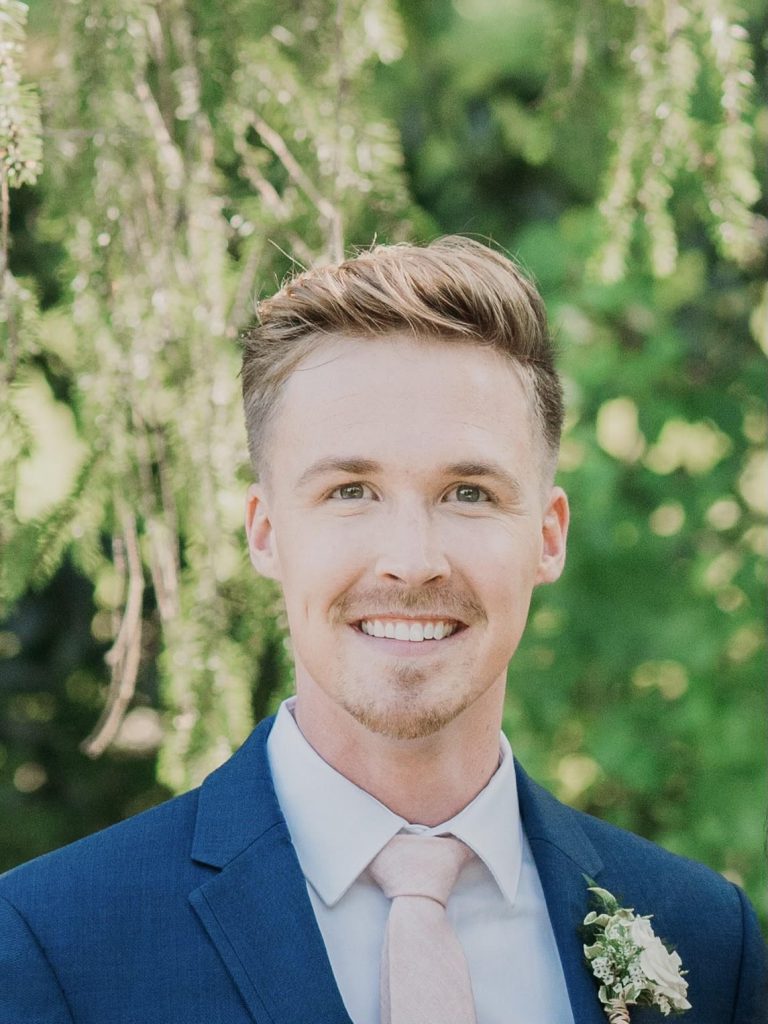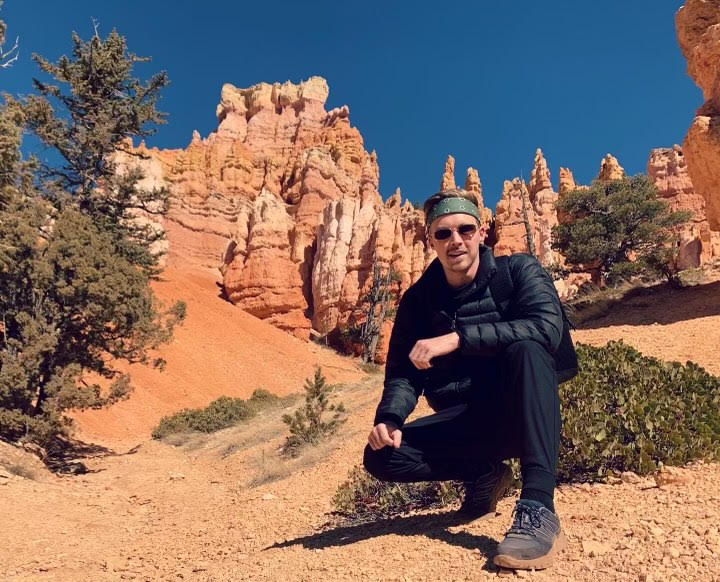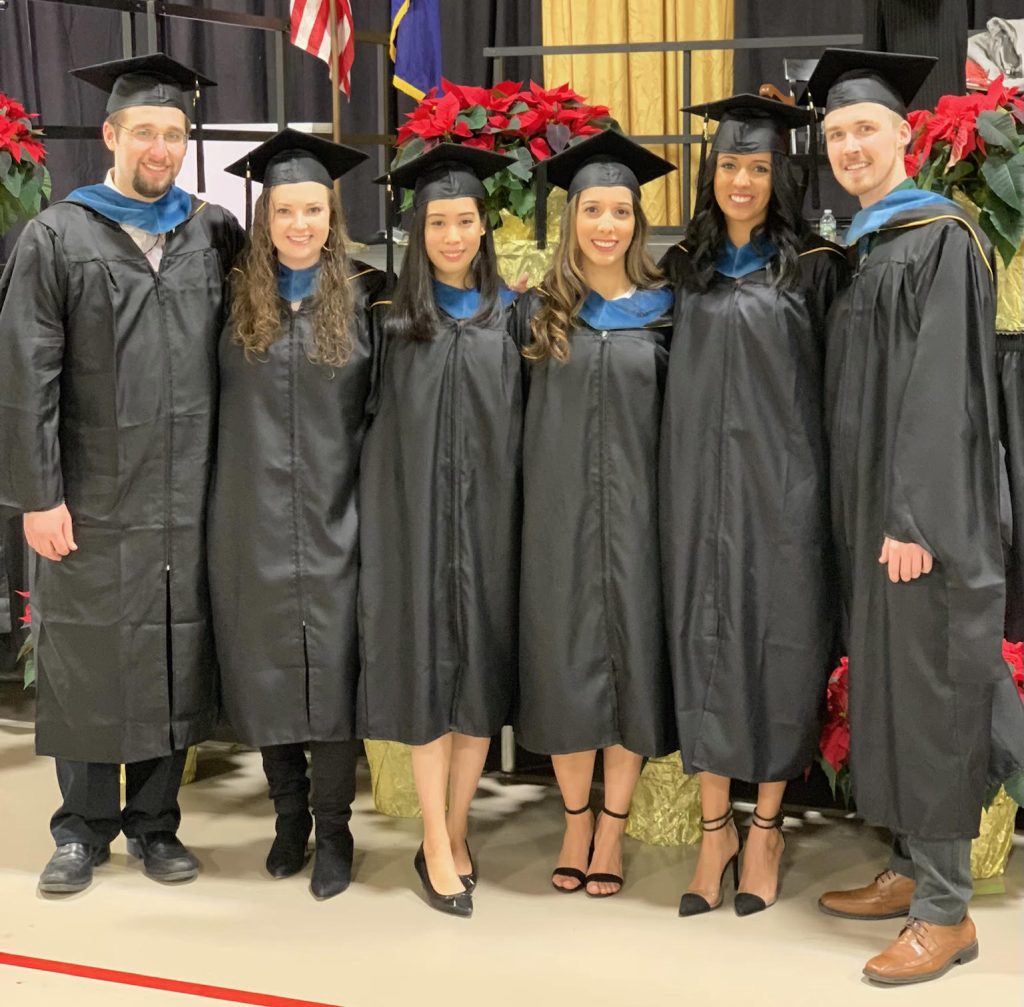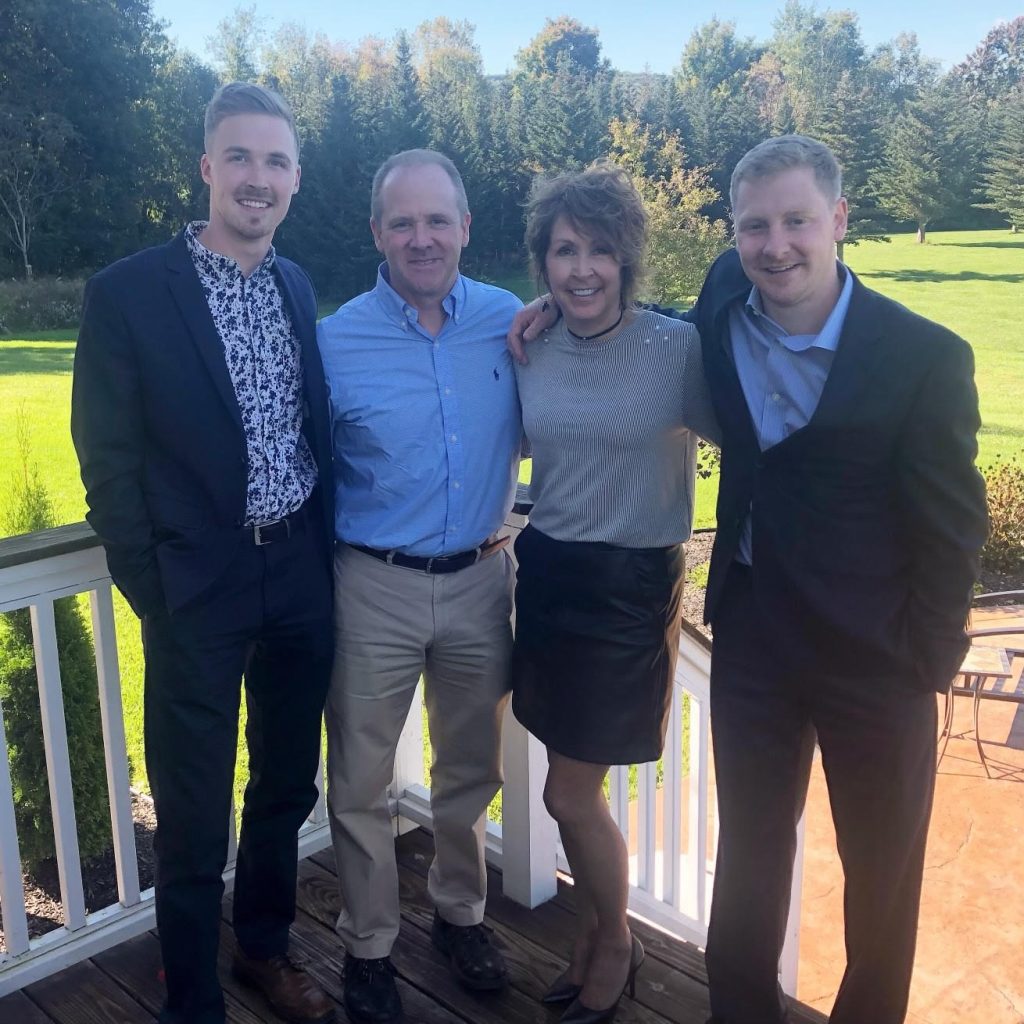
Are you considering a career in healthcare and thinking about getting your master’s degree in Occupational Therapy? Occupational therapists are and will continue to be in high demand, meaning high prospects for job placement after degree completion. According to the U.S. Bureau of Labor Statistics, the demand for occupational therapists will continue to grow by 17%, which is much faster than average career growth.
In this Graduate Student Spotlight, we talk to Dustin Brown, a recent alumnus of our Occupational Therapy master’s degree program out of our main campus in Potsdam, New York, about his experience in the program, what his career has been like so far, and why he’s excited to go to work as an occupational therapist every day.
Clarkson University: Where did you get your undergraduate degree and when? What did you study?
Dustin Brown: I attended the State University of New York at Oswego in Oswego, NY. I completed my Bachelor of Science in Health Promotion and Wellness Management in August of 2015.
CU: What is your current position and company? What do you do in this role?
DB: I currently work as an occupational therapist for MD Home Health, a home care agency in Phoenix, Arizona. I also practice as an occupational therapist for Ageility at Five Star Senior Living, an outpatient clinic within multiple senior living communities. I provide skilled occupational therapy treatment to community-dwelling older adults and residents of assisted/independent living facilities.
CU: What are your favorite aspects of your current role?
DB: A few of my favorite aspects in my current role include being able to treat clients in their natural environment. By doing so, clients are able to safely stay home without fear/risk for future injury or hospitalization. Moreover, I enjoy the flexibility and autonomy that comes with the position. I am able to create my own schedule and develop my own caseload. However, I would have to say my most favorite aspect is being able to create meaningful relationships with my clients. Hearing their stories makes my day much brighter.
CU: When and how did you know you wanted to become anoccupational therapist?
DB: After graduating with my undergraduate degree I was able to observe multiple health care professionals. While doing so, I began to notice that my core values and characteristics aligned more-so within the field of occupational therapy. I felt that the field really embodied looking at all the dimensions of a human while pinpointing areas of their wellness that may be underlooked. When I was observing, I enjoyed that the field analyzed individuals roles, habits and routines and came up with methods to better these performance patterns.
CU: How did you come across Clarkson’s Occupational Therapy program and why did you decide to attend?

DB: I am a New York native, so it seemed like the perfect fit. I was applying to occupational therapy schools through OTCAS and Clarkson’s OT program was on the list of schools, and it was fairly new at the time. I browsed their webpage and automatically felt the need to apply. I liked the aspect of a small class size in a rural community. After researching more on the program and attending an interview, the simulation lab, specialty tracks and professors made me feel even more inclined to attend.
CU: What were your favorite aspects of the Occupational Therapy program?
DB: One of my favorite aspects of the OT program was the individualized attention provided by the professors and staff. Having such a small class size allowed for students’ ideas to be heard. Towards the end of the program, we developed capstone projects based on our interests. This was by far my favorite part, as I was able to take the information we learned in the classroom and utilize it in a real life scenario.
CU: Talk about your clinical experiences. What were they like? How did these experiences impact you?
DB: My first clinical experience was at an outpatient clinic located inside an independent and assisted living facility near Boston, MA. My clinical instructor pushed me out of my comfort zone when developing interventions and treatments for our clients. I learned the true essence behind developing good rapport with the clients – I attest much of how I carry myself as a therapist to her. My second clinical rotation was at a skilled nursing facility in upstate NY. It was here where I learned the importance of teamwork. I was introduced to many different diagnoses and was able to really use my creativity when developing treatment approaches. My clinical instructor and the team provided me with much autonomy which instilled both comfort and confidence as I entered the field as a new practitioner.
CU: Talk about your courses. What did you enjoy most about them?
DB: The courses within the program were informative yet allowed for students to use their creativity. Each course was designed uniquely based on to the professor’s approach. I remember many community outings where we were able to apply our knowledge learned in the classroom. The professors truly cared about making us feel at home during lectures. The courses provided us with much content – but I’d have to say, the best part was being able to discuss the content in such an inclusive environment. Starting off the program with anatomy and use of the cadaver lab was such a crucial learning experience and really set the tone for what the program had to offer.
CU: What excites or motivates you as a healthcare professional, especially in the current climate?

DB: The thing that excites me the most as a healthcare professional is the never ending growth and change we see within the climate. The healthcare industry continues to inspire me to create and envision a better world for those who are suffering in different areas of wellness. As a provider, I am motivated to better myself both personally and professionally in order to carry out quality services to my clients. The shift in use of technology as a treatment approach is pretty exciting as well – it keeps me on my toes.
CU: What are your career goals? How did you end up in your current position?
DB: I have always envisioned myself developing and operating a universally-designed assisted and independent living facility. After graduating, I started practicing as an occupational therapist in Buffalo, NY. I was presented with an opportunity to relocate with a few friends to Phoenix, AZ. After arriving, I attended a couple of interviews and completely fell in love with the team and facilities at the current positions I hold.
CU: Looking back, would you do it all again?
DB: 100%. The OT program at Clarkson has shaped me into the occupational therapist I am today. I have been exposed to so many wonderful opportunities because of the program. The program gave me some of the best friends who I’m thankful for every day.
CU: Any final thoughts you’d like to make sure you talk about?

DB: The professors and staff in the Department of Occupational Therapy at Clarkson University provide enriching experiences for students who dream of becoming occupational therapists. The small class size allows for each student’s voice to be heard, as well as meaningful relationships with classmates and professors to be built. The integration within the local community gives students the opportunity to give back and put their skills to use. The program made me feel at home, and for that, I’m forever grateful.
About the Graduate Student Spotlight series
Deciding whether or not to attend graduate school can be a tough decision. In our Graduate Student Spotlight blog series, we showcase graduate students from our 20+ different graduate degree programs to share their experiences and help prospective students understand whether graduate school may be the right choice for them.
